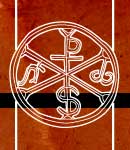
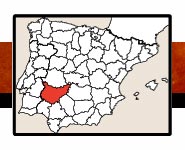

 |
 |
||
 |
|||
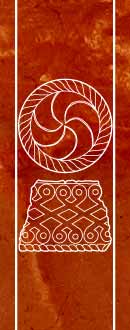 |
(40)/A-BA/BADA-Llere-40.jpg) |
-55/BOOK-cort-40.jpg) |
 |
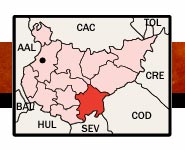 |
||
 |
|||
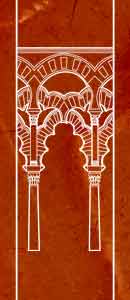 |
ACCESO A LLERENA : Llerena se ubica en la N-432 (Badajoz-Córdoba) en el tramo entre Zafra y Fuente-Ovejuna. La iglesia de Nuestra Señora de la Consolación se ubica en el centro urbano. El teatro romano (indicado con cartelería) en Casas de la Reina y la alcazaba de Reina en lo alto del cerro de este pueblo, son accesibles por la EX200 por la carretera de Fuente del Arco. ACCESO PARA MINUSVÁLIDOS : Los usuarios de sillas de ruedas podrán acceder a la iglesia de Nuestra Señora de la Granada, disfrutar del entorno de las murallas y del exterior de los demás edificios. El teatro romano solo desde la parte superior. |
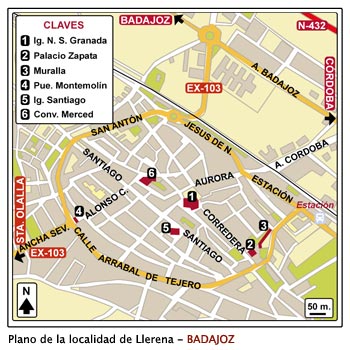 |
ACCESS TO LLERENA : Llerena is located on the N-432 (Badaloz-Córdoba) on the section between Zafra and Fuente-Ovejuna. The church of Nuestra Señora de la Consolación is located in the urban center. The Roman Theater (indicated with signage) in Casa de la Reina and the citadel of Reina on top of the hill of this town, are accessed by the EX-200 by the Fuente del Arco road. ACCESS FOR HANDICAPPED : Wheelchair users can access to the church of Nuestra Señora de Granada, enjoy the area of the walls and the outside of other buildings. The Roman Theater only from the top. |
||||
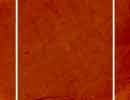 |
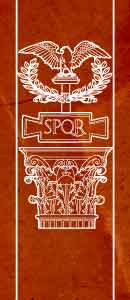 |
TEATRO ROMANO (CASAS DE LA REINA) En la antigua ciudad romana de Regina se conserva parte de las estructuras de un formidable teatro romano, se construyó aprovechando parte de la ladera de una colina, se data en la segunda mitad del siglo I d.C. y se abandono a mediados del siglo IV d.C. El yacimiento aguarda a una excavación para poder conocer la belleza de la antigua Regina. VISITA : info@llerena.org teléfono 924.870.068 y 924.870.305 |
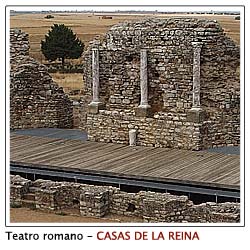 |
ROMAN THEATRE (CASAS DE LA REINA) In the old Roma city of Regina part of the structures of a formidable Roman theater is conserved. It was built taking advantage of part of the slope of a hill, it is dated in the second half of the 1 st century AD and abandoned in the middle of the 4 th century AD. The site awaits an excavation to learn about the beauty of the ancient Regina. VISIT : info@llerena.org telephone 924.870.068 and 924.870.305. |